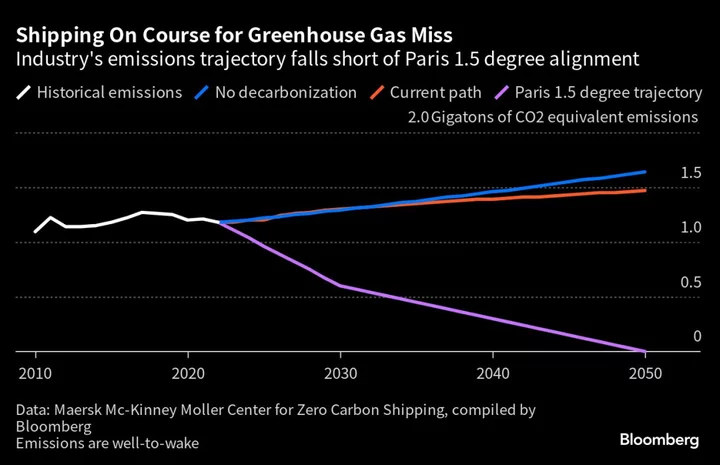Climate tech investments have dipped this year, but a new fund with more than $1 billion to spend is entering the sector.
Galvanize Climate Solutions announced Thursday that it closed its Innovation + Expansion Fund, which will invest in startups aiming to provide climate benefits in the next decade. In doing so, the fund is looking for companies that can make a relatively immediate impact rather than asking if something is “going to work in the lab,” said Tom Steyer, Galvanize’s co-executive chair.
Raising more than $1 billion puts the Innovation + Expansion Fund on par with the war chests of Breakthrough Energy Ventures, backed by Bill Gates, and Lowercarbon Capital. Those two are among some of the largest firms devoted to investing solely in climate tech. Both have placed big long-term bets on technologies that could have a major climate impact decades out but remain unproven at present, such as carbon removal and nuclear fusion.
The new fund will focus on investing across a wide range of sectors, ranging from carbon management software to hard tech such as battery recycling and low-carbon concrete. Galvanize has already used the fund to make 11 investments in startups focused on everything from transportation to buildings. While Galvanize declined to say how much money it put in the first round of startups, fund co-head Saloni Multani said that individual investments will range from $10 million up to $100 million.
“That’s a pretty wide range, and that really is because one size doesn't fit all different profiles of companies,” she said. “We really think about making sure we're giving a company the capital and resources that they need given the stage that they're at.”
Among the most pressing near-term needs Multani and Steyer identified is carbon accounting. That’s because of a growing array of reporting requirements around the world, including California’s recently passed bill that would require companies to disclose their greenhouse gas emissions and climate-related financial risks.
“What we lack is a language around carbon and emissions,” Multani said. “Everything from disclosure mandates to border adjustments — which are coming in the EU — you need a common language, a common system of measurement, and then you need to implement it.”
Though not every country or region has a climate disclosure requirement, it only takes one major market like California or the EU to force companies to comply. That would make carbon accounting software a must-have for major corporations.
Discussions for the Innovation + Expansion Fund began in early 2021, according to Multani. Since then, a number of factors have changed and impacted the climate tech investment sector. The Inflation Reduction Act has added an array of tax credits, rebates and other incentives for home climate technologies like heat pumps as well as larger scale ones like carbon capture and battery manufacturing. At the same time, interest rates have risen and helped chill the venture capital market, including the climate tech sector. Funding fell in the second quarter to $10.2 billion, hitting its lowest level since the first quarter of 2021, according to a BloombergNEF analysis. The analysis also found that was likely due to “macro environment” trends rather than a dip in climate tech specifically.
The urgency to address the climate crisis has also become more pressing. This summer was the hottest in recorded human history and has seen a spate of climate change-fueled disasters, from the incineration of Canadian forests to extreme heat waves rippling around the world. That backdrop, Steyer said, makes climate tech “a generational investing opportunity, the exact opposite of being concessionary. There is an increasingly obvious need to decarbonize across the economy.”









